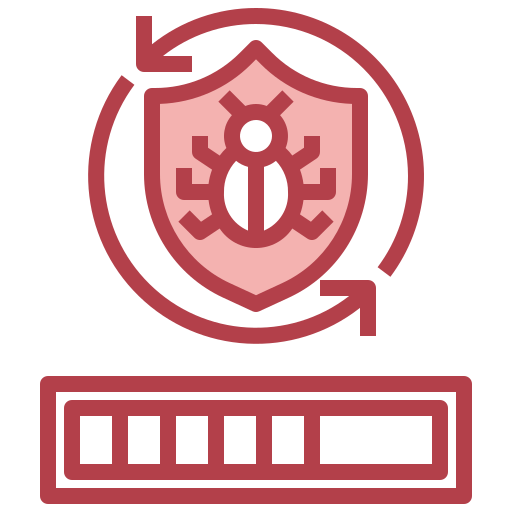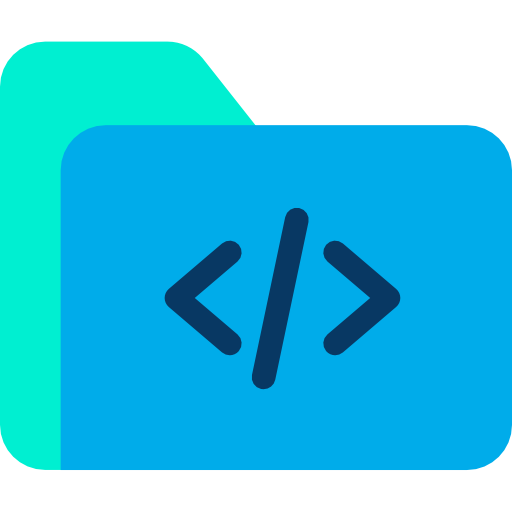Manually Update Theme & Plugin
How to Manually Update Themes and Plugins
Keeping your WordPress themes and plugins updated is crucial for maintaining your website’s security, functionality, and compatibility. While automatic updates are convenient, there may be times when you need to manually update a theme or plugin. This guide walks you through the manual update process step-by-step.
Why Manually Update Themes and Plugins?
Compatibility Issues: If automatic updates are disabled due to potential conflicts.
Custom Modifications: To ensure custom changes are preserved.
Immediate Fixes: When a new version addresses security vulnerabilities or critical bugs.
Offline Uploads: For updating premium themes or plugins that are not hosted on the WordPress repository.
How Do I Upgrade My Theme Manually?
- Download the latest .zip file for the theme.
- Log into your WordPress website.
- Go to Appearance>Themes.
- Click the Add New button at the top of the page.
- Click the Upload Theme button at the top of the page.
- Select the .zip file with the updated version of the theme.
- Click the Install Now button.
How Do I Upgrade My Plugin Manually?
- Download the latest .zip file for the plugin.
- Log into your WordPress website.
- Go to Plugins>Add New.
- Click the Upload Plugin button at the top of the page.
- Select the .zip file with the updated version of the plugin.
- Click the Install Now button.
Common Issues During Manual Updates
“Destination Folder Already Exists” Error:
This error occurs when the old version’s files were not fully removed. Ensure you delete the current version before uploading the new one.
White Screen of Death (WSOD):
This may happen if there are compatibility issues. Restore your backup and troubleshoot before reattempting the update.
Loss of Customizations:
To prevent losing custom code, use a child theme or store custom modifications outside of the theme or plugin’s main files.
Tips for Smooth Updates
Always test updates in a staging environment before applying them to your live site.
Keep a regular backup schedule to avoid losing data.
Use version control tools if you’re managing a large website with frequent updates.
By following these steps, you can ensure a safe and seamless manual update process for your WordPress themes and plugins.




